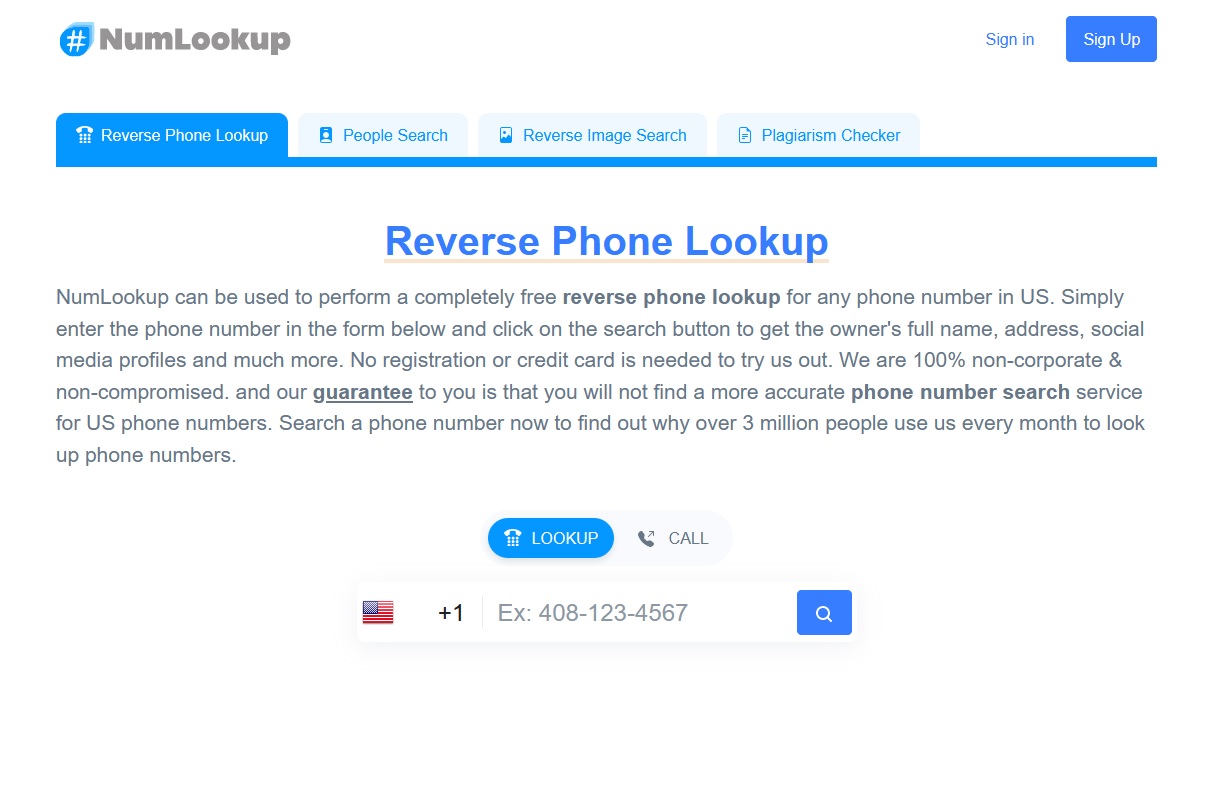The number of mobile users grows with each passing year, so do the number of applications which hit Android and iOS platforms on a regular basis. And they are not only entertainment apps and games that are most downloaded and popular with mobile users. Today, tablets and smartphones are home to various food delivery, ride sharing, retail, and apartment rental apps, and for good reason. As the world gets more and more mobile, people crave more flexibility and comfort. Lots of tasks are now performed on the go right from one’s smartphones, which have become truly ubiquitous devices. And lots of businesses have already tapped into this trend and got the expected benefits from the mobile app boom. If you’ve just started a company or want to scale your long-established business, a dedicated mobile app can assist you in your entrepreneurial endeavors. It is a great way to reach new customers and maintain a meaningful connection with your returning clients. From today’s article, you may learn more about the benefits mobile apps can bring along and get some useful tips on how to create your own business app.
Why Use Mobile Apps?
First things first, you should figure out why customers want to use this or that mobile app in the first place. The wild popularity of mobile solutions doesn’t necessarily mean that each and every app that gets published on popular app stores wins over tons of customers and starts bringing in coveted revenue in the blink of an eye. You might be surprised, but a lot of business apps are not specifically geared towards generating income by charging subscription fees or using advertisements. A good many entrepreneurs create apps to create a buzz around their businesses, build or increase brand awareness, and maximize their online presence. Thus, having a mobile app can go a long way in promoting your business to potential customers.
Mobile apps are convenient and easy to use. What’s more, they can be accessed from anywhere. Now that mobile apps have overtaken their desktop counterparts, you shouldn’t expect that your customers will waste time firing their browser, entering the required URLs, and then waiting for your website to load. It’s much more convenient to hit the needed app icon in your smartphone and start browsing through a wide selection of products available. What’s more, you can introduce an app that can work offline and thus boost your customer experience and satisfaction.
Finally, a robust mobile app with a sufficient number of useful features can be a great way to save on costs. No need for expensive promotional campaigns, brochures, and newsletters. With a dedicated app, you can quickly and effortlessly reach your targeted audience and establish communication with them via secured, instant, and direct messages. You can also employ the hiped techs like AI and ML and train your own chatbot and virtual assistants, which can help improve customer service and reduce the staff workload.
Steps to Follow to Build a Successful App
At the beginning of your app development journey, you want to validate your idea and do some research. Know what problems your app can help you solve and how it can benefit your business. Also, identify your rivals and analyze the apps they use.
Next up, you’re going to create a rough draft for your future application, which is known as wireframe. Here, you can make use of the online calculator at https://litslink.com/app-cost-calculator to get the ballpark figure you might need to spend on your app development. You don’t need to go into detail and draft each and every feature you’re going to incorporate into your app. Just make sure to illustrate the core components of your app and lay out the schemes.
There are lots of different ways to build an app, including native, hybrid, cross-platform, and rapid app development. Before you start, you’ll need to determine which method is the best bet for you and your business.
The next important step involves creating a minimum viable product (MVP) for your application. At this stage, you need to decide on the base architecture of your solution and its essential features. You can release your MVP to a set number of targeted audiences and get feedback from potential customers. That way, you can figure out what particular areas within your app need further improvement and get to know the market’s response to a new product.
Once your MVP is finished, test your product before deployment and submit it to a preferred app store.
Last but not least, be sure to properly market your app to spark more potential customers’ interest in it. Prioritize the channels where your user base spends the most time and make sure you have a strong digital presence on these platforms to promote your product more successfully.








Add Comment